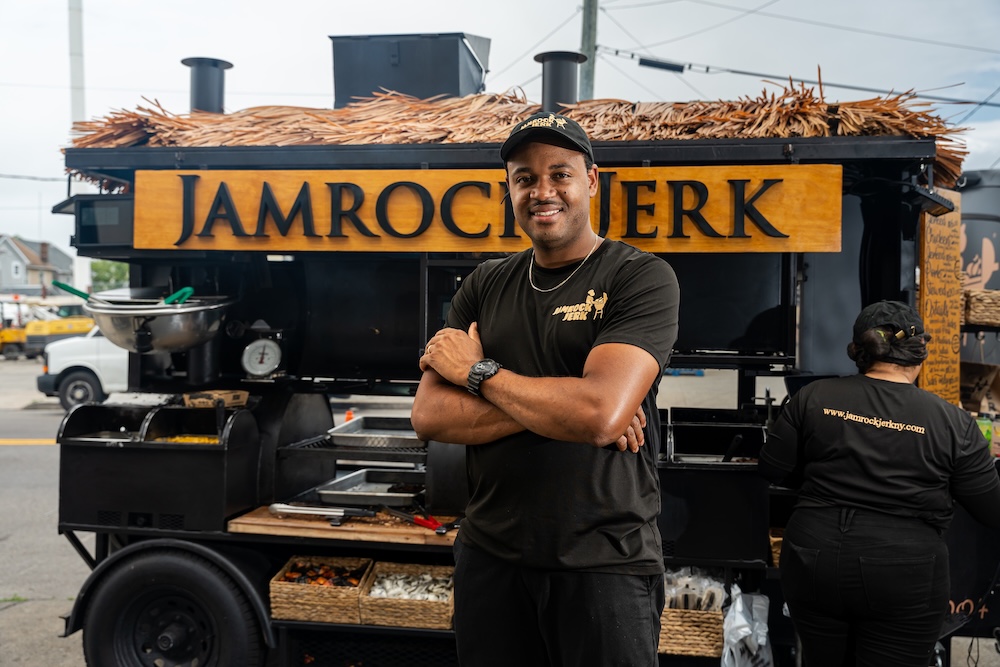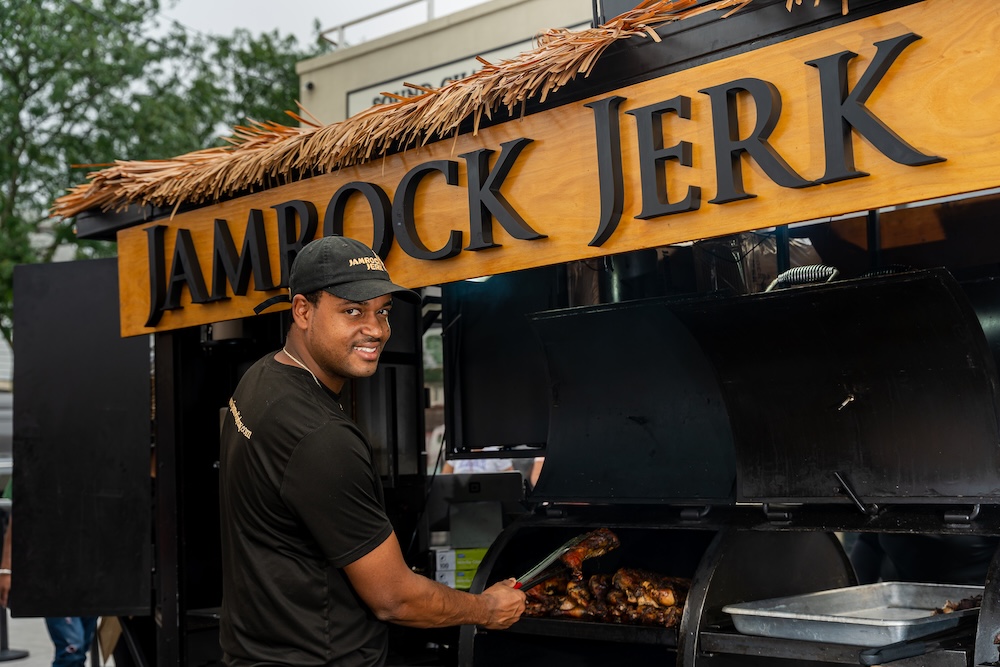Table of contents
Is there any singular piece of restaurant technology more divisive than the QR code? The scannable codes showed up at restaurants everywhere during the pandemic. They spurred years of arguments over the hospitality and utility of reading a menu and ordering from a small phone screen.
The codes, originally used on auto assembly lines in Japan in the ‘90s, surged in restaurants during the pandemic as a way to reduce shared surfaces, and, later as a cost-cutter for printed menus. Supporters — generally the restaurants that used them — said they increase efficiency when staff are stretched and often streamline ordering.
QR codes never truly caught on in full-service restaurants and most moved past them years ago. But what was off-putting for seated service was a boon to more casual operations. In casual settings, digital orders improved the experience. As more restaurant transactions moved online, customers realized their ease, speed, and convenience inside a restaurant and for orders placed for delivery.
According to data from the National Restaurant Association, about half of diners are willing to use QR codes to order food or pay the check at limited-service restaurants. (Those are most restaurants without table service.) The numbers are higher among younger Gen Z and millennial diners.
But when it comes to digital ordering, especially in person, QR codes are actually at the bottom of the list. Seventy percent of adults, including 87% of millennials, said they’d place an order via a dedicated smartphone app. A similar but slightly smaller percentage said they’d use a self-service kiosk to order and pay.
The takeaway? Digital ordering methods easily set your team up to better serve guests when it’s done in the right place, at the right time, for the right diner.
What makes a winning digital order experience?
When it’s easy
Magnus McKellar, owner of New York City’s Jamrock Jerk, a fleet of six mobile food carts, implemented ordering tech well before Covid. Now, he says, about 45% of orders come through the restaurant’s digital channels, including its website and onsite touchscreen kiosks, which diners love.
“They don’t necessarily have to engage with us, but it expedites it. They essentially skip the line,” Magnus McKellar said.


Jamrock Jerk still employs human cashiers who are happy to take in-person orders. “The goal isn’t to replace them,” Mckellar said, “it’s to make the entire ordering process easier for everyone, employees included.”
When it’s convenient
Unsurprisingly, younger consumers prefer digital ordering over their Gen X and Baby Boomer counterparts. “Our base — my generation, the upcoming generation — that’s all they want to do,” Mckellar said.
During a quarterly earnings call over a year ago, the chief executive of Yum Brands, the parent company of Taco Bell, Pizza Hut, and others, shared a new company-wide goal. Yum wants to turn its sales — all of them — into digital transactions. Earlier this year, it tipped the scale. Now, over 50% of Yum Brands’ systemwide sales come via digital channels like apps and in-store kiosks.
It’s an ambitious goal, and Yum’s execs have said they expect the shift to take a while. But restaurants are already changing with digital in mind; plenty have added shelving for online orders and revamped drive-thrus into convenient pickup lanes for orders placed ahead of time.
When it’s fast
Digital ordering technology helps reduce errors. It also keeps things moving, especially during a rush. “We’ve always been insanely busy,” Mckellar said. But as the business has grown, adding locations (or, in Jamrock Jerk’s case, trucks) spread the demand and let the team focus on quality and service.
“Part of that service,” McKellar said, “is properly deploying kiosks.”
A recent study from Temple University in Philadelphia found that customers ordering from a self-serve kiosk as a line forms feel increased pressure to place their order, versus customers who order with a human. These stressed customers tend to order less food, and they’re less likely to try something new.
“Kiosks aren’t for everyone or every order,” Mckellar said, and it’s not just a generational thing. When Jamrock Jerk first added kiosk ordering, they included every possible menu modifier and add-on on the screens. This left diners with too many options, slowing down the process.
“We can’t say to a customer, ‘Hey, wrap it up, we gotta go,’” Mckellar said. “You have to be patient, let them do their thing … or then that line could get jammed up.”
So they simplified digital offerings, leaving a cashier to handle more complex orders. Now digital customers can order from the screen in as few as two clicks.
“People truly love it,” McKellar said. “They’re going to always prefer that over going into the store with a giant menu and they don’t know what to pick.”
![]()








